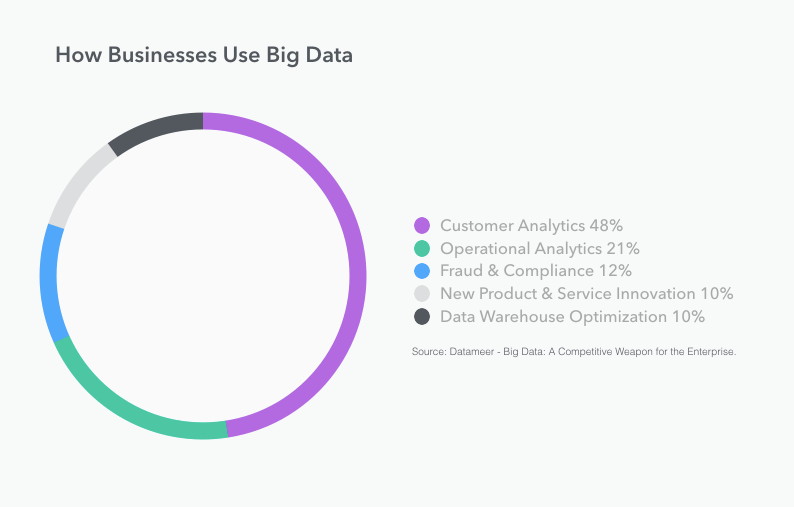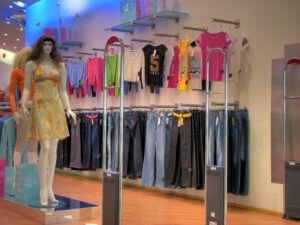“5 Ways Smart Retailers Rely on Big Data Analytics” is our sixth in a series of blog posts exploring how various industries are taking advantage of big data and analytics. To read more, download our entire eBook, “How Big Data is Changing Industries.”
In the past decade, with rapid technological progress and online retail booking taking over, retail chains have fought hard to keep up. Many brick and mortar companies have realized that their model offers very specific opportunities to understand customer behavior that their online competitors simply can’t match.
Big data analytics are now used at every stage of the retail process. Here are five ways smart retailers are gaining a competitive advantage.

1. Predicting Trends
Retailers now use forecasting algorithms to analyze social media posts and web browsing habits, in order to uncover trends. Machine learning technologies also perform “sentiment analysis” to predict the top sellers in each category.
2. Forecasting Demand
 Using demographic data and economic indicators, retailers can now build a picture of spending habits across a targeted market.
Using demographic data and economic indicators, retailers can now build a picture of spending habits across a targeted market.
For example, some retailers have found that the demand for books increases exponentially as the weather gets colder. So now, when the weather changes, they increase the amount of book recommendations.
3. Identifying customers
Knowing which customers are most likely to purchase a particular product gives retailers an incredible advantage. By relying heavily on data collected through transactional records and loyalty programs both off and online, retailers can better match their customers with the right products.
4. Optimizing pricing
Algorithms track competitor activity, market demand, and inventory levels, automatically responding to market changes in real time, and enabling retailers to take action immediately. Big data also determines the best timing for price changes. Studies show that this approach beats the traditional “end of season sale” approach 90% of the time.
5. Mitigating risk
 Access to behavioral and crime data can help retailers with everything from site selection and loss prevention allocation, to ensuring the safety of its employees and customers.
Access to behavioral and crime data can help retailers with everything from site selection and loss prevention allocation, to ensuring the safety of its employees and customers.
For example, a retailer looking to move a store to a new location with a better lease and higher traffic might use big data to uncover high risk crime areas within close proximity to the proposed location. The retailer then uses this information to justify additional security resources in the budget.
Or maybe the retailer needs corporate buy-in to deploy security guards in certain high risk stores to further fortify the location and reduce shrink. Big data, especially if it is used to determine when and where to optimize security spending, can ultimately improve a retailer’s bottom line.